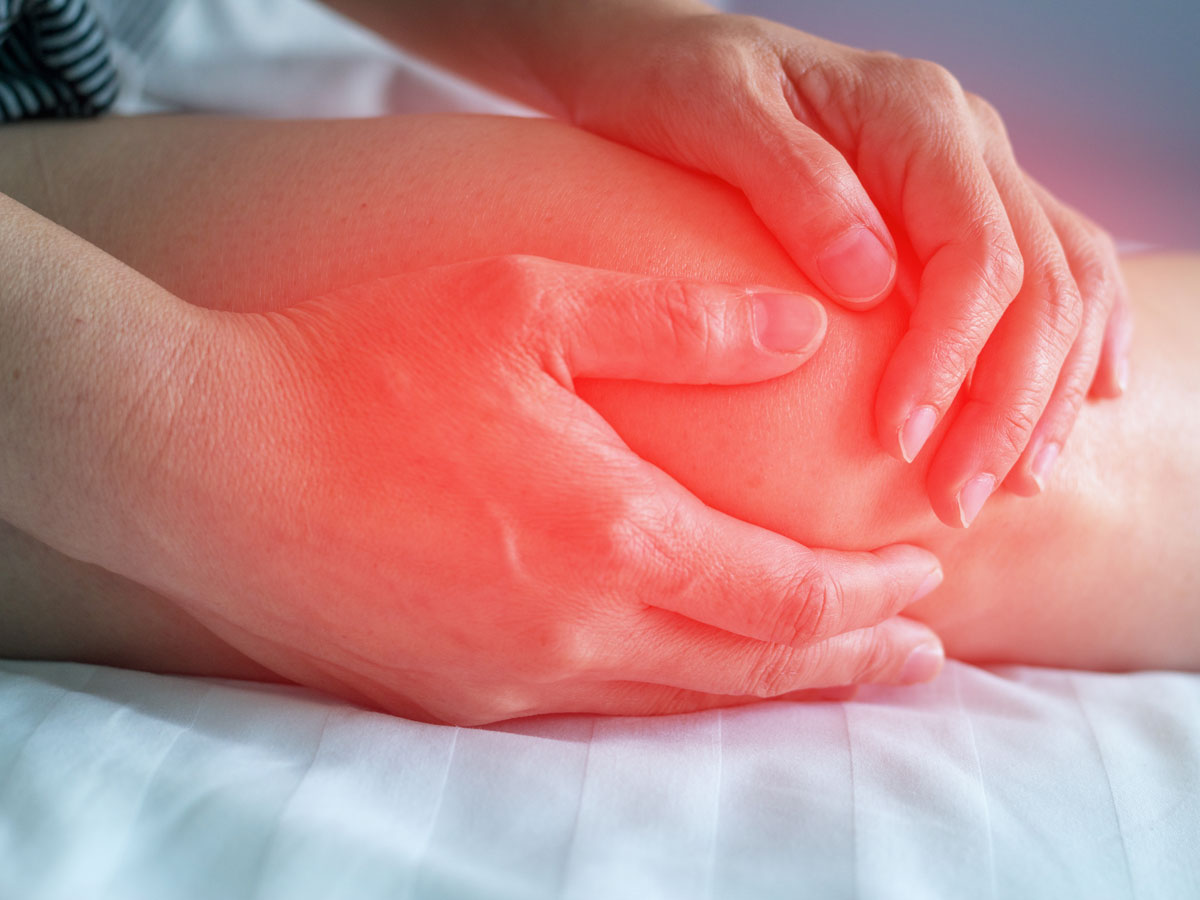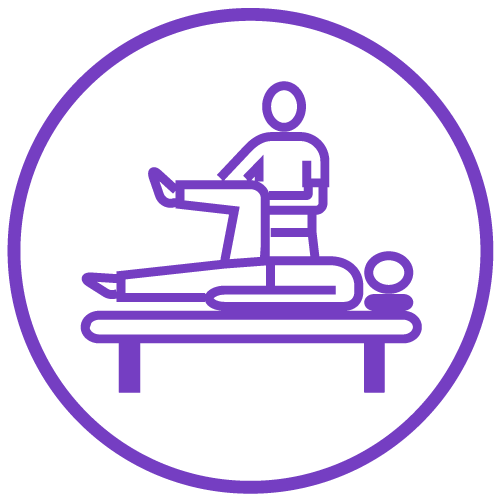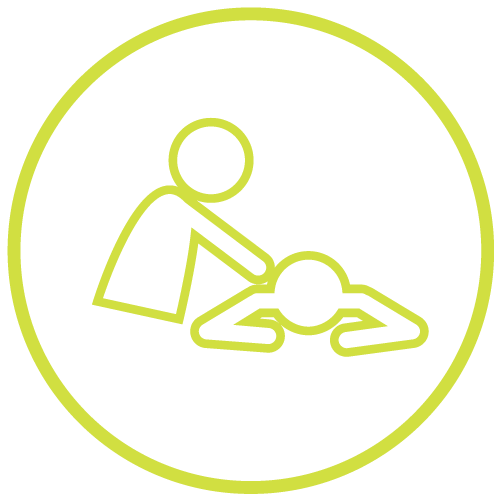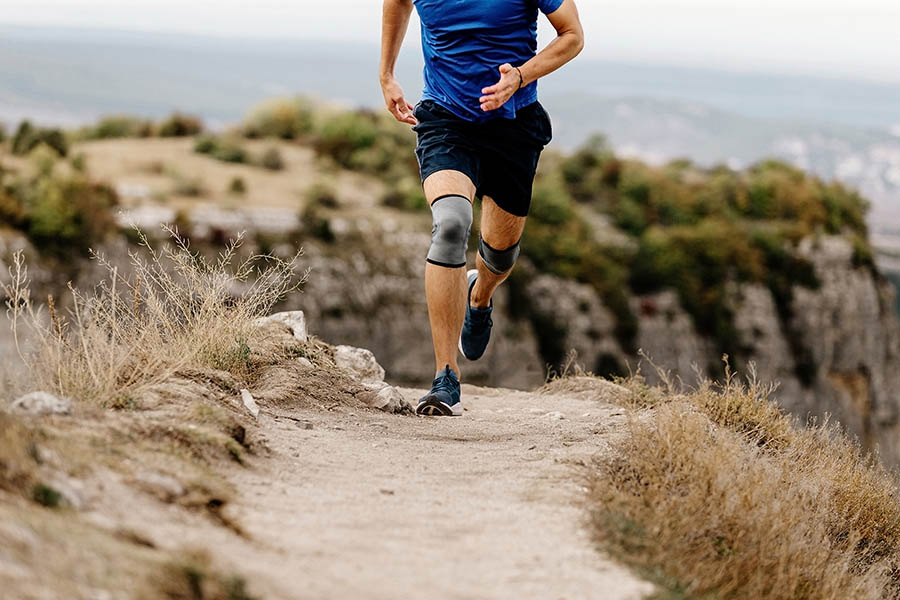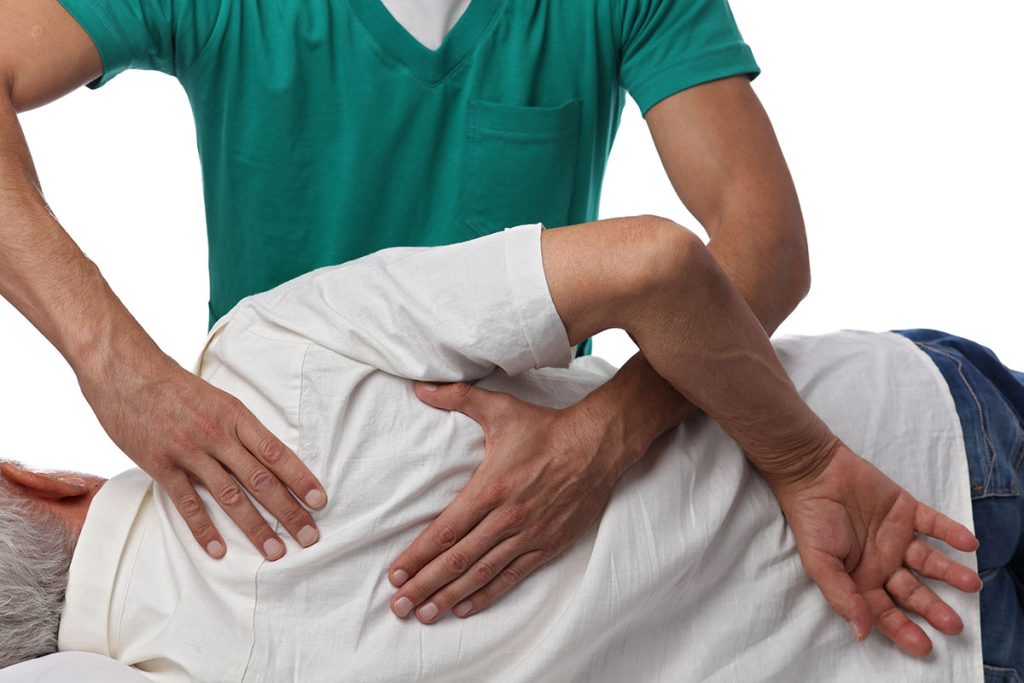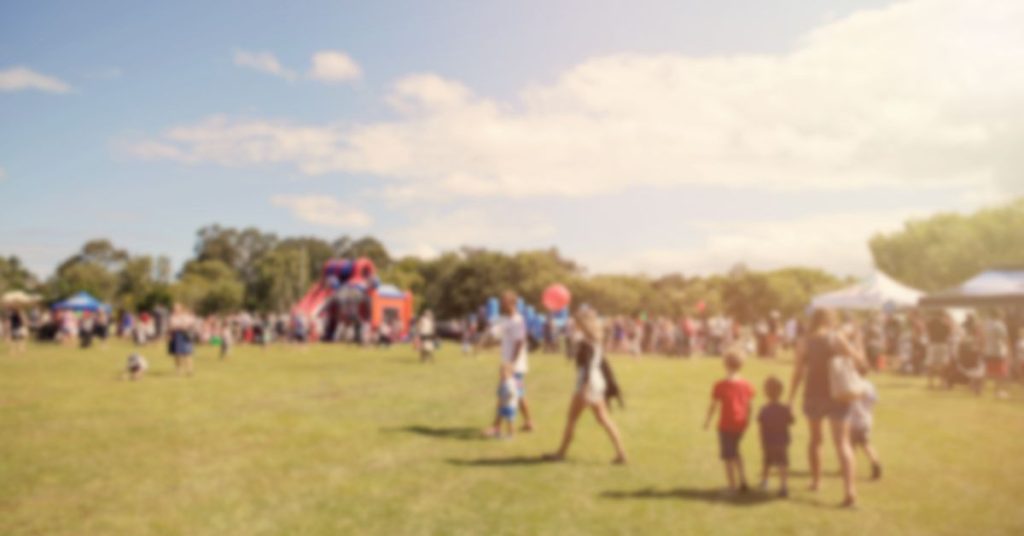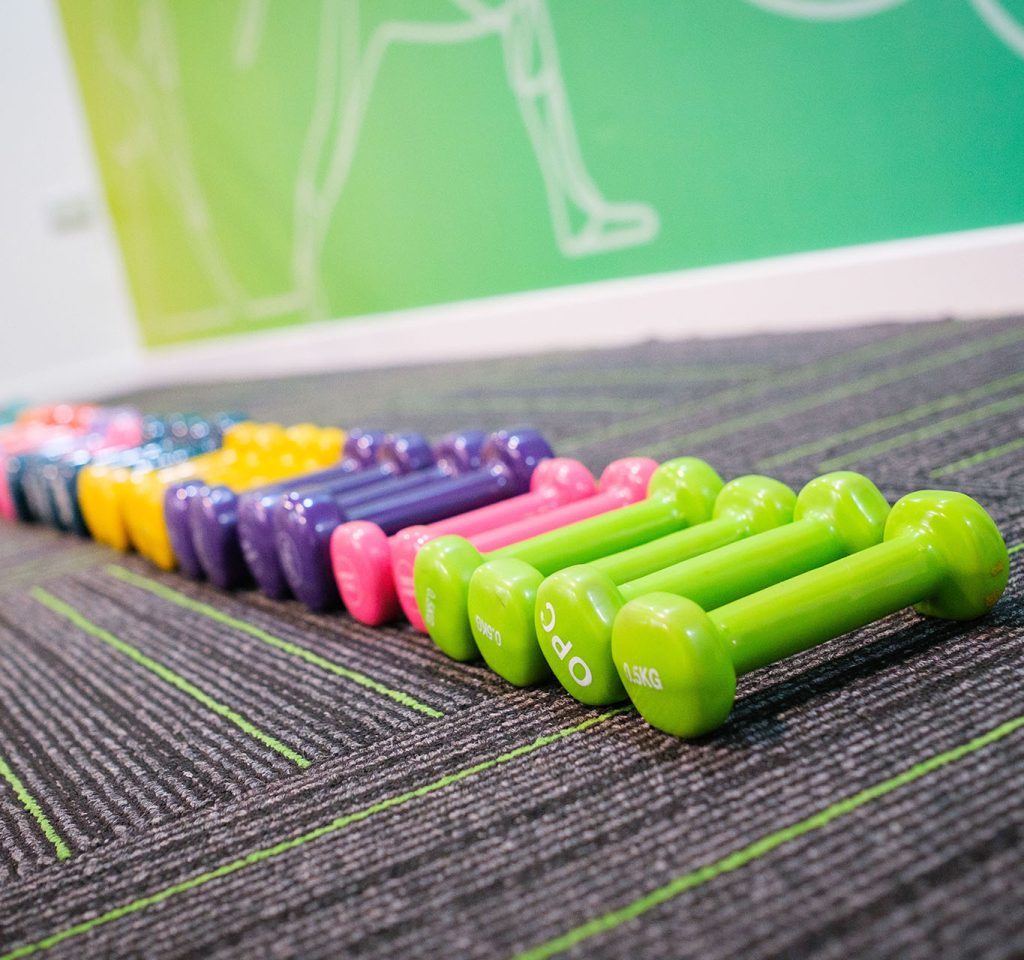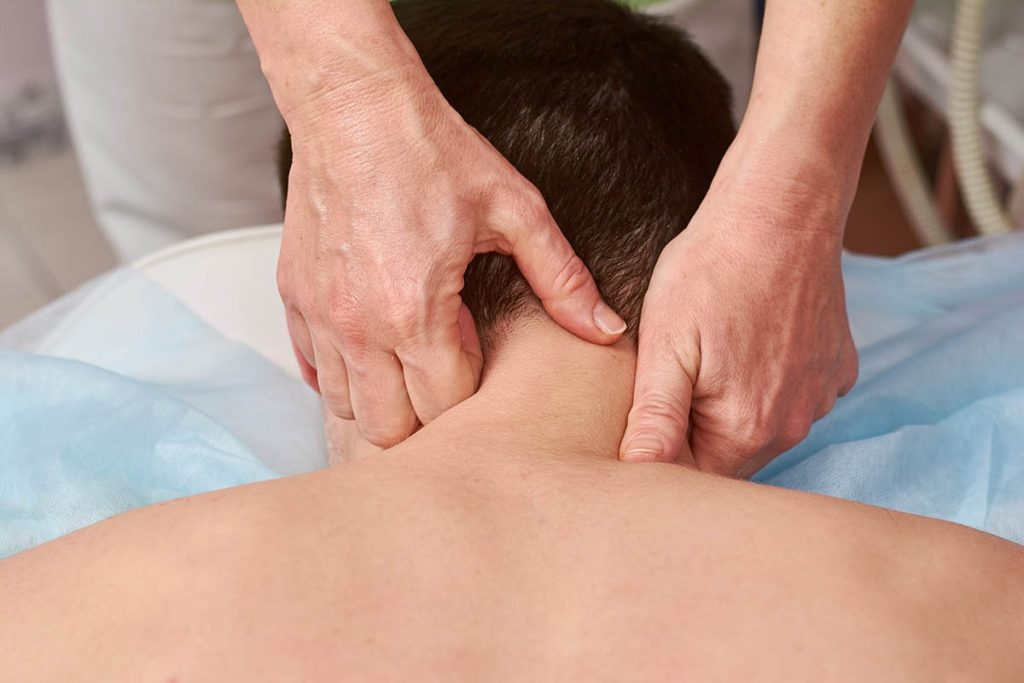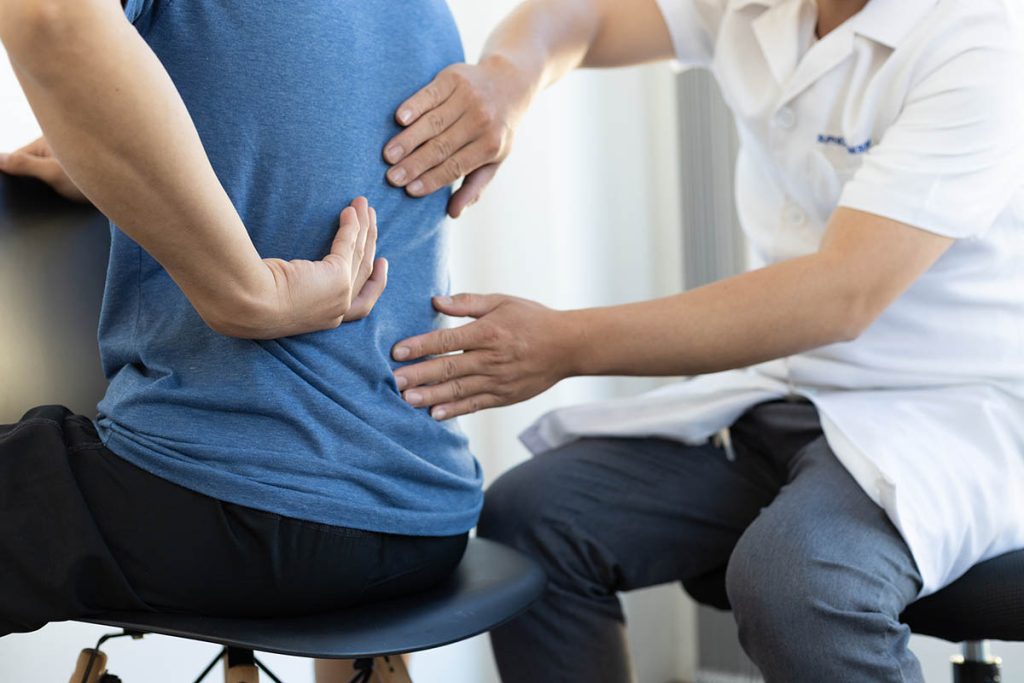Knee pain may be something that you associate with getting older, but the truth is that it can affect everyone from the very young to the elderly. It’s especially common for people who are highly active. Woodridge residents who are part of sports teams in Logan, Springwood, Underwood and Slacks Creek, often visit our clinic with knee pain due to prolonged strain or sports injuries. Read on to find out what may be the cause of your own, a family member’s or a team mate’s ongoing knee pain, and how to treat it.
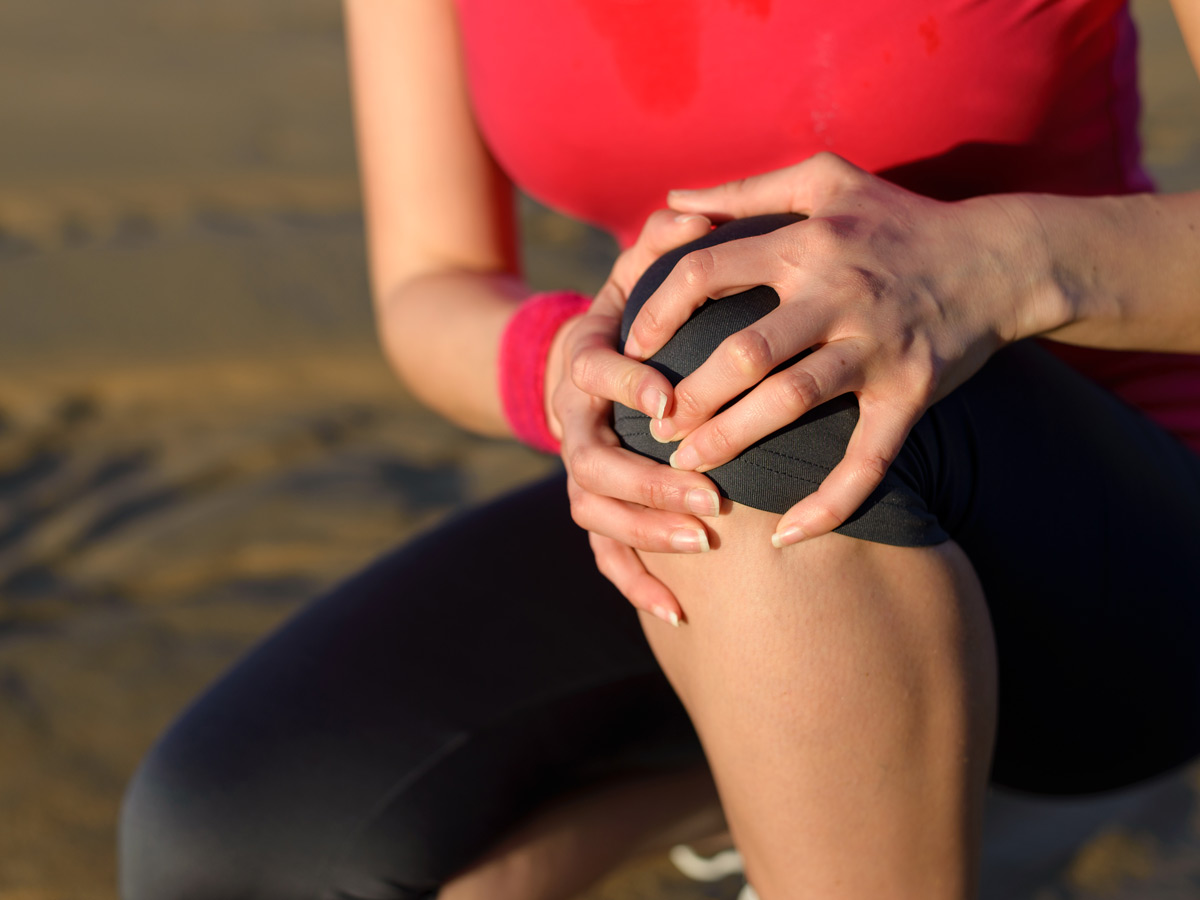
Iliotibial band syndrome
Iliotibial band syndrome is a common injury among runners which involves the inflammation or tightness of the iliotibial band. It often occurs when runners continually overexert themselves, causing the band to rub against the outer portion of the femur. Many runners mistake the pain felt when experiencing iliotibial band syndrome with knee injuries such as lateral meniscus tears. But if you don’t notice any swelling in your knee, and it begins to hurt five minutes into every run, it’s a likely sign that it’s ITB syndrome. The best way to treat this type of syndrome initially is rest. Ease up on exercise for a few days, or try other activities such as swimming or rowing, which are less taxing on your knees. There are plenty of other sports facilities around Woodridge where you can carry out exercises that aren’t as intense as running, while you heal!
Dislocated kneecap
Anyone who has experienced a dislocated kneecap knows that it can be quite alarming. You will often feel a popping sensation in your knee, followed by a lot of pain. Your kneecap will look out of place because it’s come out of its natural groove. On many occasions, the kneecap will pop back into place itself, but the supporting tissues will have become stretched and torn. However, sometimes you may need the assistance of a doctor to rectify the dislocated kneecap. Once it’s back in the right position, wearing a splint could be necessary. In any event of dislocation, physiotherapy is advised for a few weeks to get your knee working correctly again.
Osgood Schlatter’s disease
Osgood Schlatter’s disease is an overuse injury that occurs only in children and adolescents. It’s most prevalent in active males aged 10-15 years old. When a child develops Osgood Schlatter’s disease, an inflamed lump appears just below the front of the knee. Pain will often be felt when exercising or kneeling. The disease develops as a child is growing, and the growth plate below the knee, which hasn’t fully formed into solid bone yet, becomes inflamed. Often the disease will go away on its own with rest, but sometimes it can take several months before exercise can be resumed without pain. And pain can recur for up to two years if left untreated. In these cases, it’s best to consult a physiotherapist to undergo stretching exercise to help relieve pain, decrease inflammation and prevent the disease from returning.

Baker’s cyst
A baker’s cyst, or a popliteal cyst, can be identified as a fluid-filled lump at the back of your knee. A baker’s cyst may appear due to the knee joint producing too much fluid which creates a bulge. Excess fluid can be the cause of several things, including arthritis or an injury such as cartilage tear. Baker’s cyst can affect people differently. Many won’t even realise it’s there until they feel the bump, while others may experience pain or stiffness in their knee. If you think you have baker’s cyst, it’s important to first make sure that you have the right diagnosis. Our physio’s are trained in the diagnosis of such conditions, and are experienced in it’s treatment.
ACL injury
An ACL injury involves the tearing of the anterior cruciate ligament (ACL). This ligament is one of four which connects your shinbone to your thighbone. A tear can happen when you suddenly change direction and is common in sports such as gymnastics, basketball and or soccer. This is another injury that you may be alerted to when a popping sensation occurs in your knee, followed by pain that will not allow you to bear weight. For it to heal, you will need to rest and undergo rehabilitation exercises.
If you think you may be experiencing any of the above knee issues, contact BodyViva today. We’re Woodridge residents’ one-stop-shop for knee complaints and can provide you with exercises and treatment to ease your pain and encourage the healing process.


